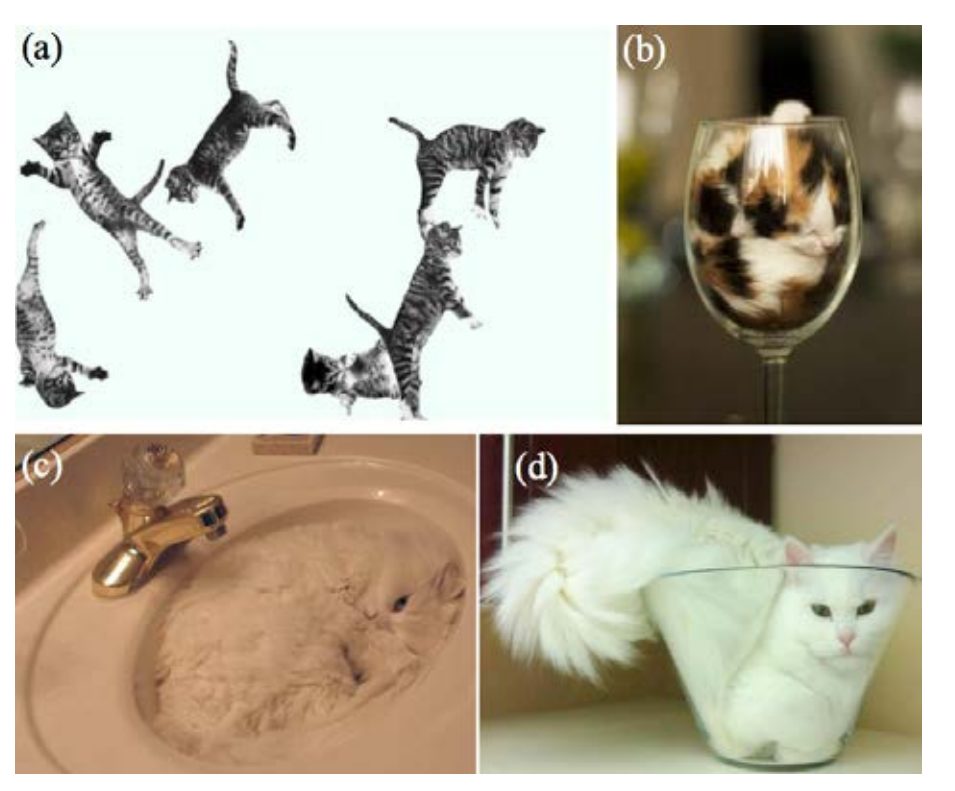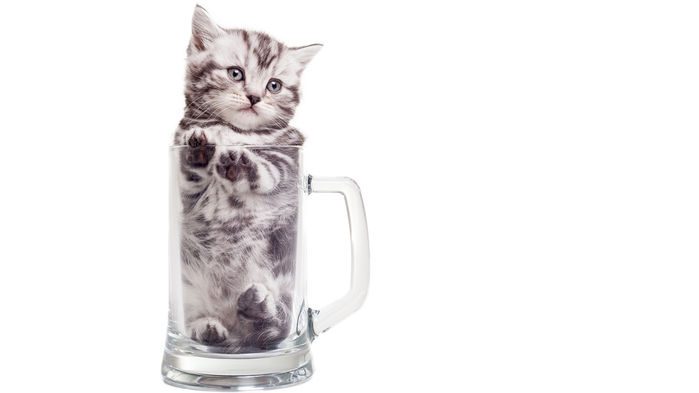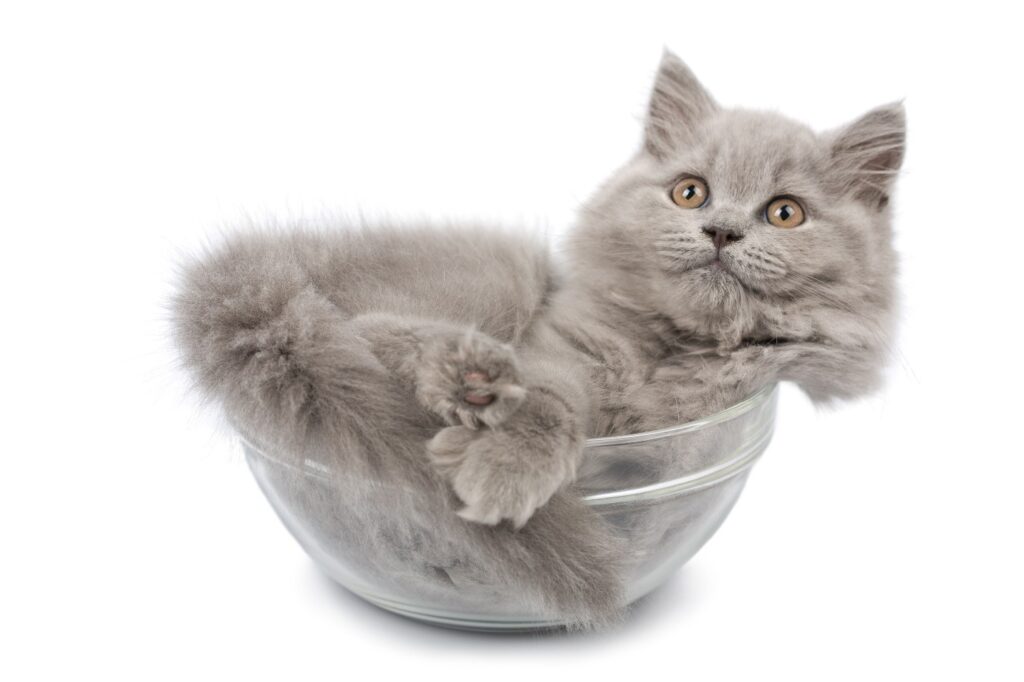Administration of the project
Study into the Rheology of Cats wins big at 2017 Ig Nobel Prize
From the brain’s responses to cheese aversion to the fluid dynamics of cats, WIRED picks its favourite Ig Nobel Prize winners for 2017
The winners of the 2017 Ig Nobel Prize, the science awards given to “achievements that first make people laugh then make them think” have been announced, based around this year’s theme of uncertainty. The Ig Nobel’s 27th year saw the announcement of ten winners in subjects ranging from physics to biology. WIRED picks its favourites.
The Ig Nobel Prize for physics went to Marc-Antoine Fardin’s paper, On the Rheology of Cats, which looked into the fluid dynamics of cats in order to determine whether cats can flow like liquids. Fardin observed that: “The wetting and general tribology of cats has not progressed enough to give a definitive answer to the capillary dependence of the feline relaxation time. Fig. 2b gives an example of a lotus effect of Felis catus, suggesting that the substrate is superfelidaphobic. This behavior is usually distinguished from the yield stress that cats can also display, as shown in Fig. 2c, where the kitten cannot flow because it is below its yield stress, like ketchup in its bottle. It is still unclear what physical and chemical properties generate superfelidaphobicity, but a Cassie-Baxter-like model seems plausible.”

Caption from the original article “On the Rheology of Cats”
Korea’s Jiwon Han also made use of fluid dynamics in A Study on the Coffee Spilling Phenomena in the Low Impulse Regime, written while he was still a high school student and looking into what happens when someone walks backwards carrying a cup of coffee. The Fluid Dynamics prize winning paper reveals that they’re much less likely to spill their coffee than when walking forwards, but warns that: “walking backwards, much more than suppressing resonance, drastically increases the chances of tripping on a stone or crashing into a passing by colleague who may also be walking backwards (this would most definitely lead to spillage)”.
The Cognition Prize went to the intriguing finding by a team of Italian researchers that many identical twins can’t actually tell themselves apart from their twin in pictures. In Is That Me or My Twin? Lack of Self-Face Recognition Advantage in Identical Twins, the researchers showed monozygotic twins photos of themselves and their twin in a variety of orientations, finding that twins who suffered a greater degree of anxiety and social phobia were also more likely to mistake their co-twin for themselves, suggesting that the confusion may be most likely to affect twins with insecure attachment styles.
The Medicine Prize was won, stereotypically enough, by researchers from the Sorbonne in Paris and the Université de Lyon in France, who used fMRI brain scans to determine which parts of the brain contributed to a sense of disgust in the presence of cheese. In The Neural Bases of Disgust for Cheese: An fMRI Study, the team examined the neural responses associated with food aversions, which can occur both naturally and as a side-effect of illness or other medical conditions.

Caption from the original article “On the Rheology of Cats”
The study surveyed both the prevalence of disgust for cheese among the French population, compared to 74 other foods, with a sample group comprising 145 men and 187 women. The researchers then put people who were both cheese-averse (the Anti group) and enthusiastic eaters of the dairy product (the Pro) group into a functional magnetic resonance imaging scanner while exposing them to pictures and scents of cheese.
Their results showed that: “the proportion of individuals disliking cheese was higher compared with other food categories. Twenty out of the 332 tested individuals (6 per cent) rated cheese with a score of 0 or 1. The scores from 0 to 3, which can be considered to represent disgust, were observed in 38 individuals (11.5 per cent)”.
In the fMRI, it became clear that “the internal and external globus pallidus and the substantia nigra belonging to the basal ganglia are more activated in participants who dislike or diswant to eat cheese (Anti) than in other participants who like to eat cheese”.
K. G. Orphanides on 15th of September 2017
Source: Wired




Be the first to comment